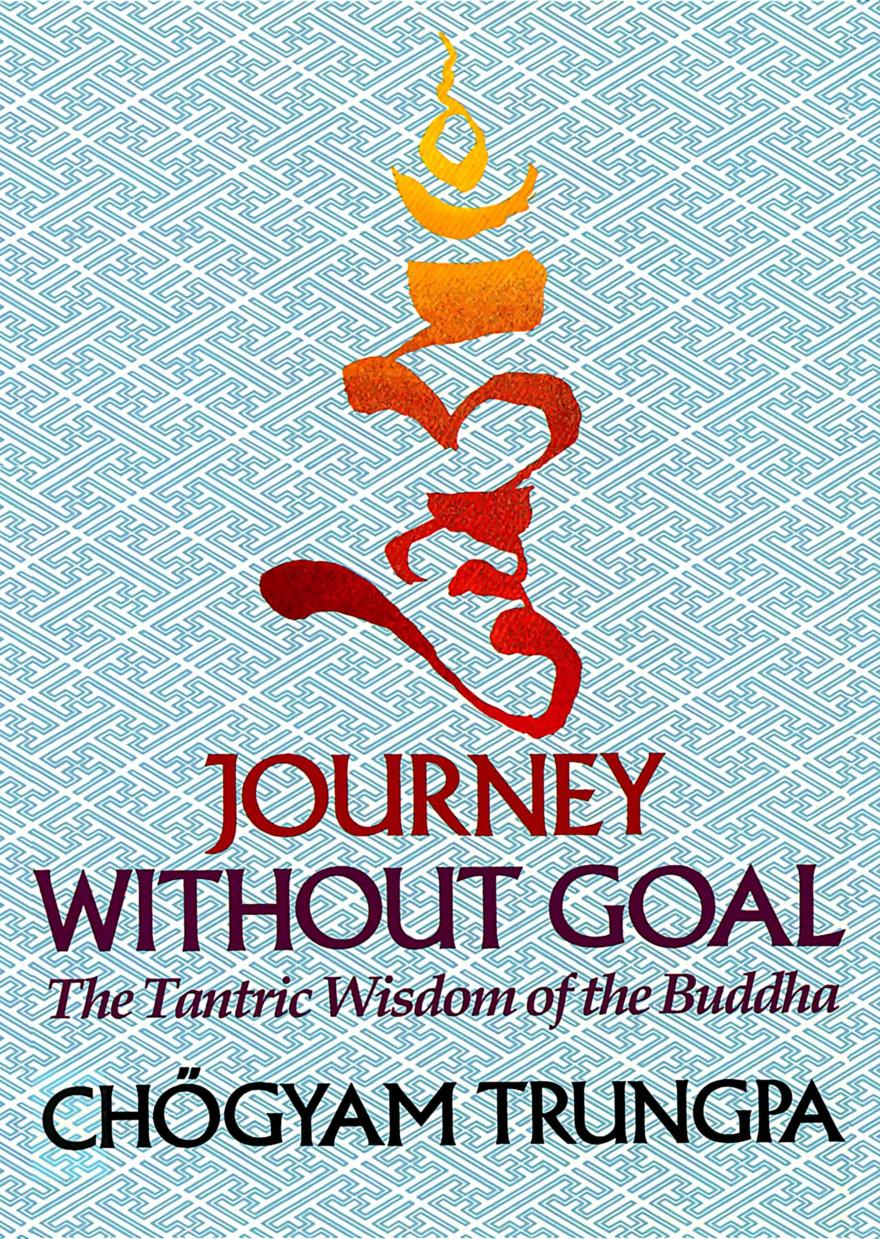Journey Without Goal: The Tantric Wisdom of the Buddha by Chogyam Trungpa

Author:Chogyam Trungpa
Language: eng
Format: azw3, pdf
ISBN: 9781570627576
Publisher: Shambhala
Published: 2000-10-17T00:00:00+00:00
Illustration 6
CHAPTER NINE
The Five Buddha Families
Tantra is extraordinarily special, and extremely real and personal. The question in this chapter is how to relate our own ordinary existence or daily situation to tantric consciousness. The tantric approach is not just to make sweeping statements about reality and to create calmness and a meditative state. It is more than learning to be creative and contemplative. In tantra we relate with the details of our everyday life according to our own particular make-up. It is a real and personal experience. But in order to relate to our lives in the tantric fashion, there are certain technical details of tantric experience that we have to understand.
The tantric discipline of relating to life is based on what are known as the five buddha principles, or the five buddha families. These principles are traditionally known as families because they are an extension of ourselves in the same way that our blood relations are an extension of us: we have our daddy, we have our mommy, we have our sisters and brothers, and they are all part of our family. But we could also say that these relatives are principles: our motherness, our fatherness, our sisterness, our brotherness, and our me-ness are experienced as definite principles that have distinct characteristics. In the same way, the tantric tradition speaks of five families: five principles, categories, or possibilities.
Those five principles or buddha families are called vajra, ratna, padma, karma, and buddha. They are quite ordinary. There is nothing divine or extraordinary about them. The basic point is that at the tantric level people are divided into particular types: vajra, ratna, padma, karma, and buddha. We constantly come across members of every one of the five families—people who are partially or completely one of those five. We find such people all through life, and every one of them is a fertile person, a workable person who could be related with directly and personally. So, from the tantric point of view, by relating directly with all the different people we encounter, we are actually relating with different styles of enlightenment.
The buddha family, or families, associated with a person describes his or her fundamental style, that person’s intrinsic perspective or stance in perceiving the world and working with it. Each family is associated with both a neurotic and an enlightened style. The neurotic expression of any buddha family can be transmuted into its wisdom or enlightened aspect. As well as describing people’s styles, the buddha families are also associated with colors, elements, landscapes, directions, seasons—with any aspect of the phenomenal world.
The first buddha family is the vajra family, which literally means the family of sharpness, crystallization, and indestructibility. The term vajra is superficially translated as “diamond,” but that is not quite accurate. Traditionally, vajra is a celestial precious stone that cuts through any other solid object. So it is more than a diamond; it is complete indestructibility. The vajra family is symbolized by the vajra scepter, or dorje in Tibetan. This vajra
Download
Journey Without Goal: The Tantric Wisdom of the Buddha by Chogyam Trungpa.pdf
This site does not store any files on its server. We only index and link to content provided by other sites. Please contact the content providers to delete copyright contents if any and email us, we'll remove relevant links or contents immediately.
The remains of the day by Kazuo Ishiguro(8814)
Tools of Titans by Timothy Ferriss(8211)
Giovanni's Room by James Baldwin(7188)
The Black Swan by Nassim Nicholas Taleb(7009)
Inner Engineering: A Yogi's Guide to Joy by Sadhguru(6722)
The Way of Zen by Alan W. Watts(6503)
Asking the Right Questions: A Guide to Critical Thinking by M. Neil Browne & Stuart M. Keeley(5627)
The Power of Now: A Guide to Spiritual Enlightenment by Eckhart Tolle(5603)
The Six Wives Of Henry VIII (WOMEN IN HISTORY) by Fraser Antonia(5394)
Astrophysics for People in a Hurry by Neil DeGrasse Tyson(5130)
Housekeeping by Marilynne Robinson(4328)
12 Rules for Life by Jordan B. Peterson(4249)
Double Down (Diary of a Wimpy Kid Book 11) by Jeff Kinney(4204)
The Ethical Slut by Janet W. Hardy(4172)
Skin in the Game by Nassim Nicholas Taleb(4161)
Ikigai by Héctor García & Francesc Miralles(4123)
The Art of Happiness by The Dalai Lama(4063)
Skin in the Game: Hidden Asymmetries in Daily Life by Nassim Nicholas Taleb(3929)
Walking by Henry David Thoreau(3892)
